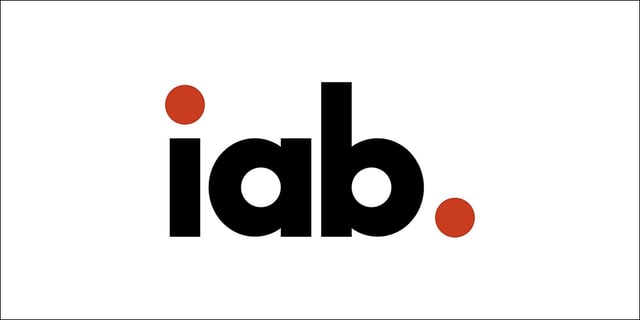
This week's review of ad fraud and quality in the digital advertising space.

According to eMarketer, citing an InMobi survey, over half (59%) of app marketers think ad fraud is a serious problem that networks and sellers need to address. "In addition, the survey revealed that 40% of app marketers believed they understood how ad fraud was perpetrated, as well as its potential effect on their advertising campaigns," wrote eMarketer. "But a significant number—44%—either knew what ad fraud was but wanted to learn more about it, or understood the concept but didn’t know how it might affect campaigns."

Everyone harps on last-touch attribution, but it's still widely used. Why? Digiday sought out an answer, and ultimately concluded that there are numerous factors, including data clutter, walled gardens, and inertia. "While cross-device measurement and advanced attribution techniques are becoming more common, it takes more time and effort to implement and monitor these sophisticated services, said Jalal Nasir, CEO of ad measurement firm Pixalate," wrote Digiday.

According to a recent WFA poll, reported on by the Wall Street Journal, over half (41%) of "marketers surveyed said they plan to take greater control of their spending on programmatic advertising, where online ads are bought using automated systems." The quest for more control comes as brands have continued concern over transparency and quality in digital advertising. "It’s all part of a broader effort by brands to be more accountable for their digital ad spending," wrote the WSJ.

It's still early in the game, but just two of the top 10 programmatic publishers have adopted ads.txt so far, the IAB's solution to thwart domain masking. The data comes from a GetIntent study reported on by Marketing Dive. "Of the top 1,000 websites in Getintent's inventory, just 13 unique web pages — or, 1.3% — have adopted the technology," wrote Marketing Dive.

In a Q&A with ExchangeWire, OpenX's Dominic Trigg, VP EMEA, discussed "the ongoing search for quality."
"Fraud is an issue for the entire industry but, ultimately, ad tech players will need to provide the cure," Trigg said. "Third-party affirmation of ad quality is going to be critical."
Sign up for our blog to stay updated with new stats, trends, and analysis on digital ad fraud.
*By entering your email address and clicking Subscribe, you are agreeing to our Terms of Use and Privacy Policy.
These Stories on Weekly Recaps
*By entering your email address and clicking Subscribe, you are agreeing to our Terms of Use and Privacy Policy.

Disclaimer: The content of this page reflects Pixalate’s opinions with respect to the factors that Pixalate believes can be useful to the digital media industry. Any proprietary data shared is grounded in Pixalate’s proprietary technology and analytics, which Pixalate is continuously evaluating and updating. Any references to outside sources should not be construed as endorsements. Pixalate’s opinions are just that - opinion, not facts or guarantees.
Per the MRC, “'Fraud' is not intended to represent fraud as defined in various laws, statutes and ordinances or as conventionally used in U.S. Court or other legal proceedings, but rather a custom definition strictly for advertising measurement purposes. Also per the MRC, “‘Invalid Traffic’ is defined generally as traffic that does not meet certain ad serving quality or completeness criteria, or otherwise does not represent legitimate ad traffic that should be included in measurement counts. Among the reasons why ad traffic may be deemed invalid is it is a result of non-human traffic (spiders, bots, etc.), or activity designed to produce fraudulent traffic.”

